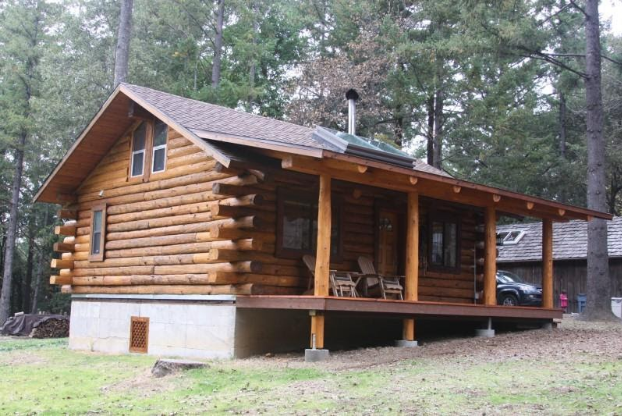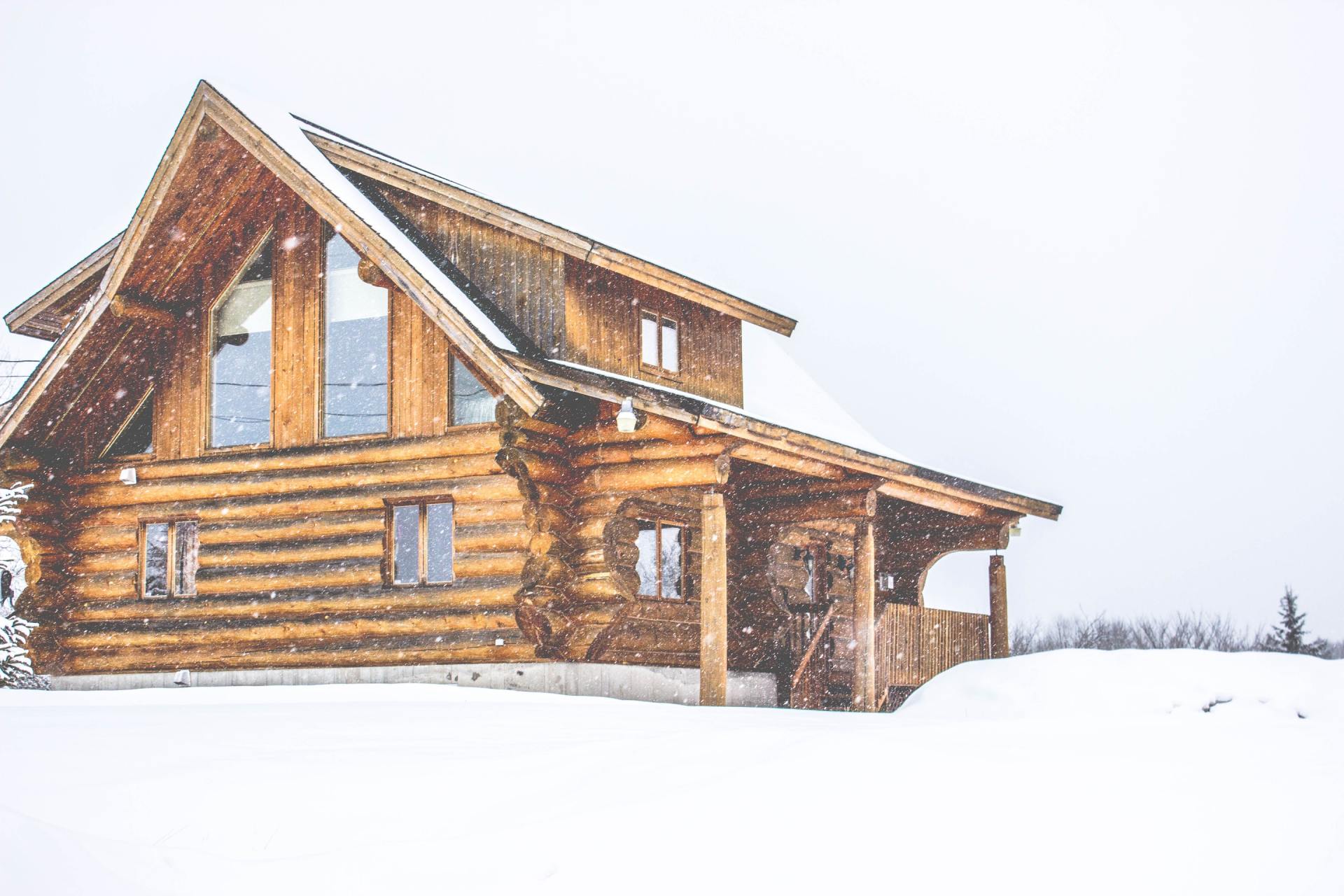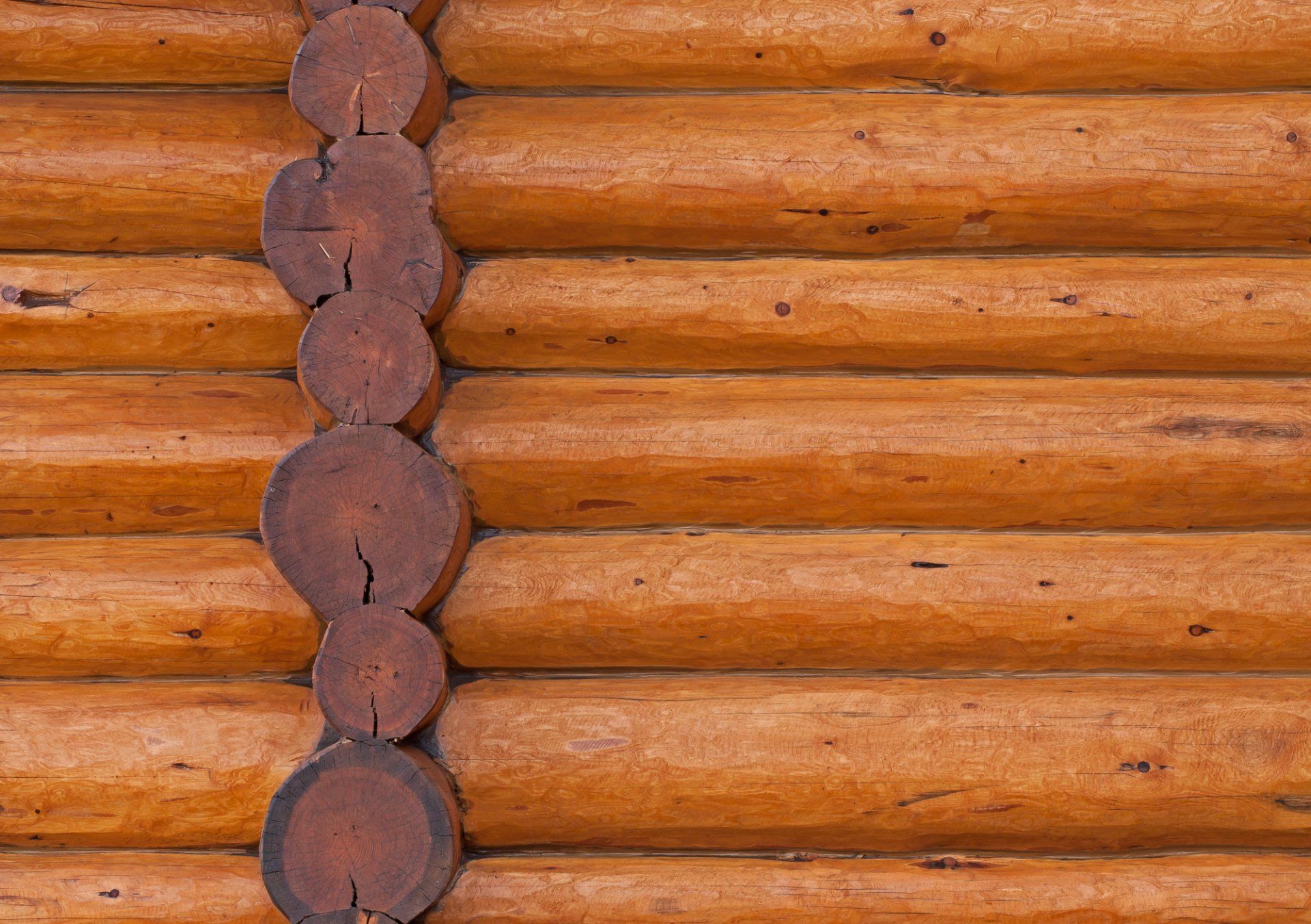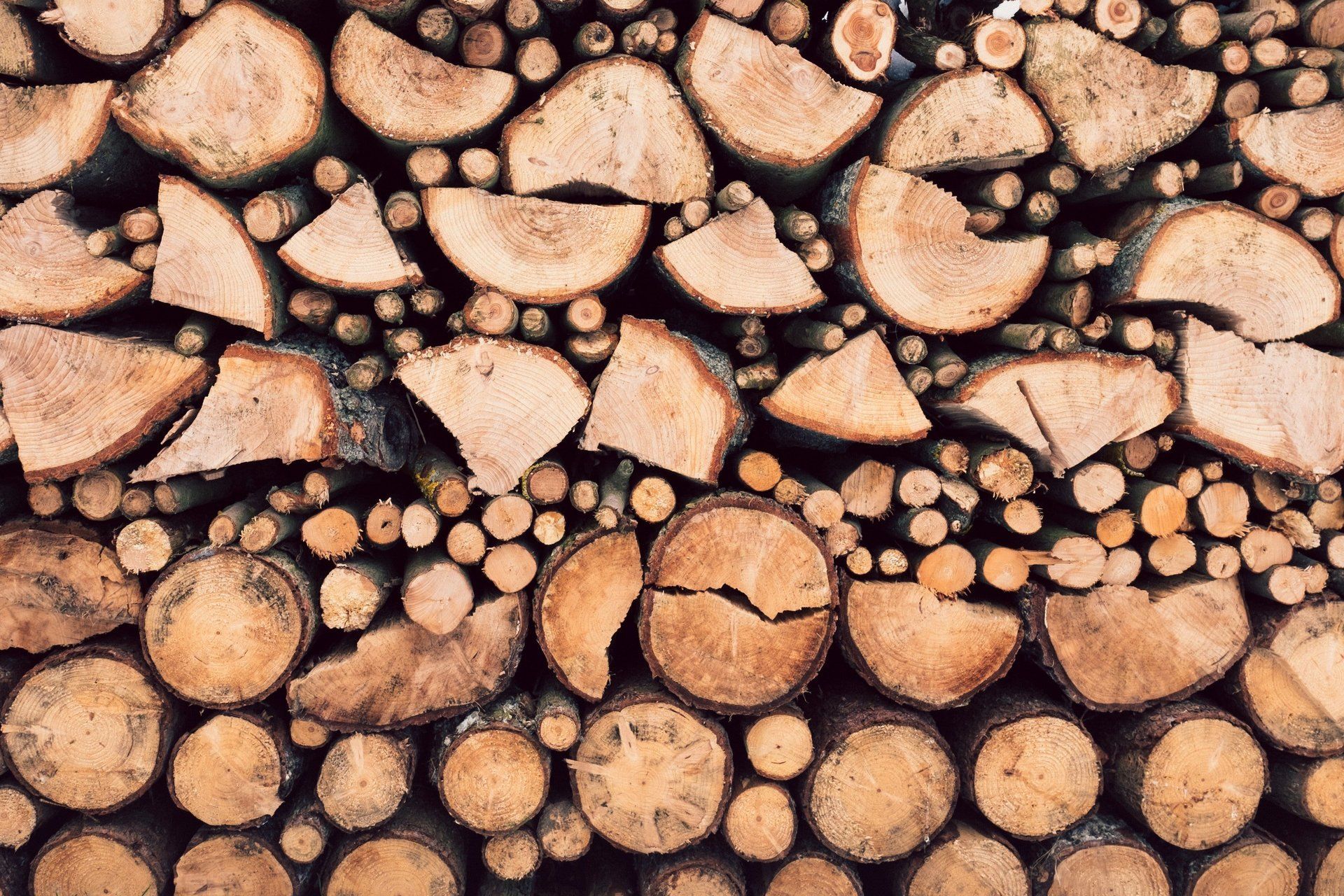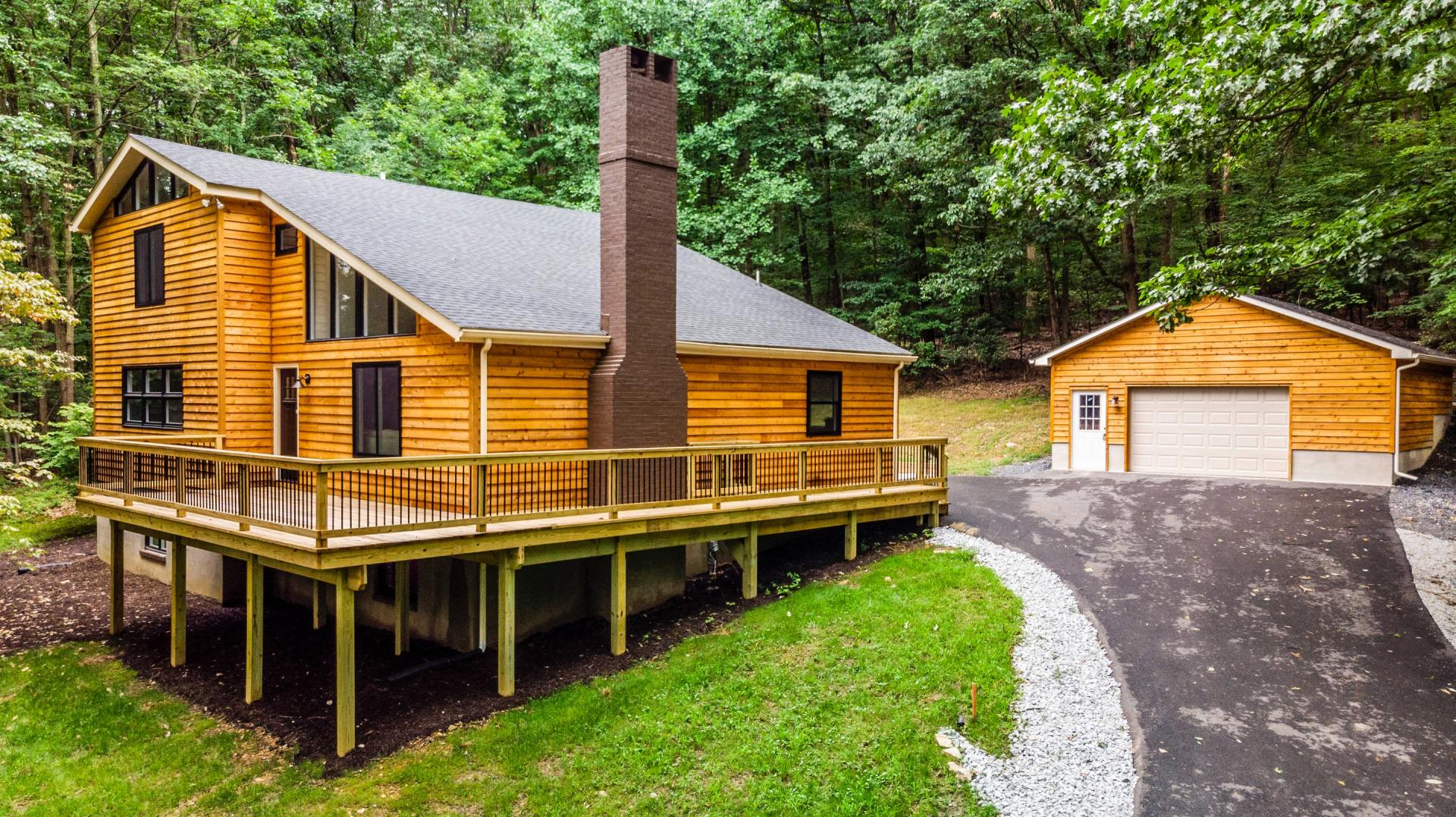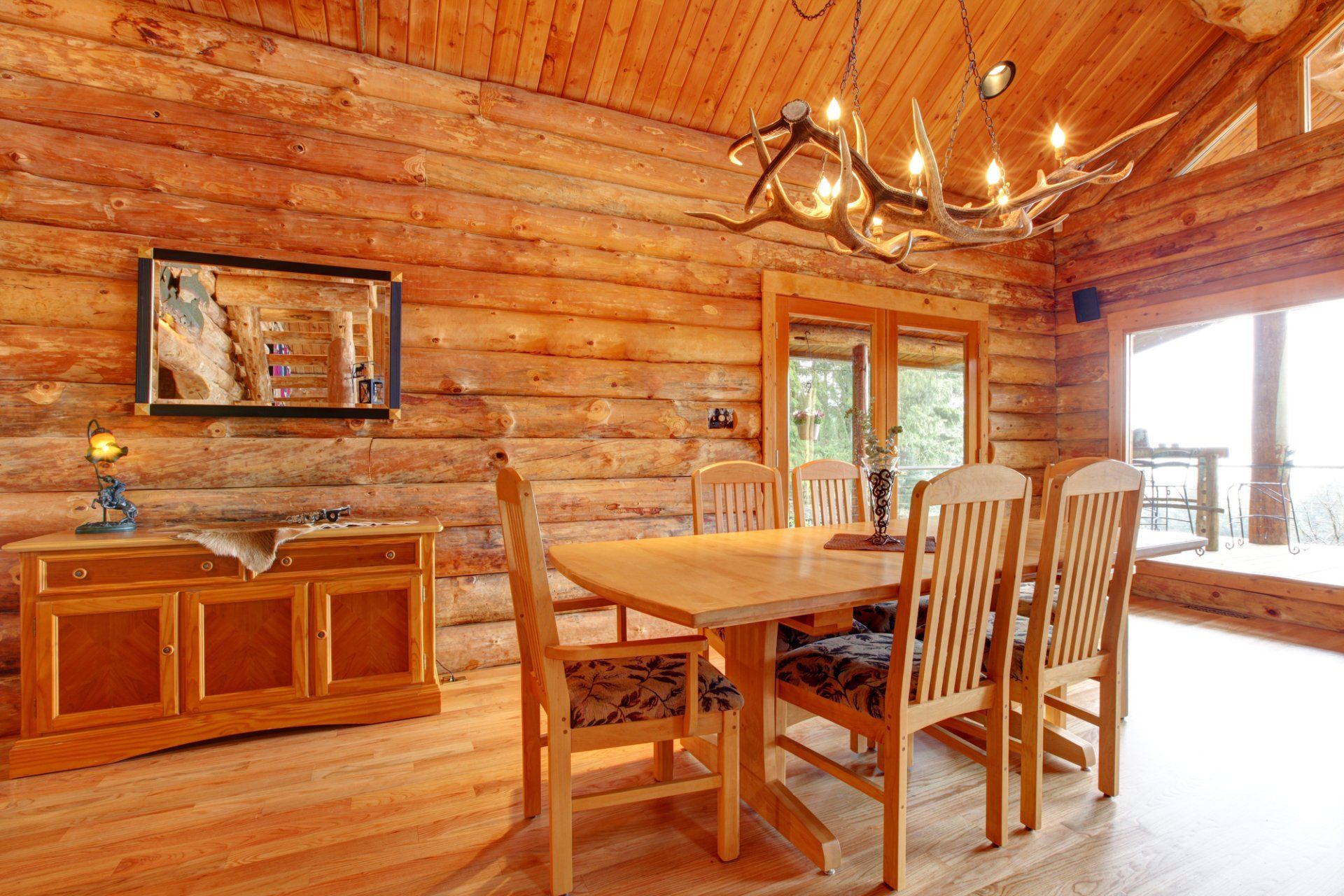10 Things To Look For When Buying A Log Home
Check Your Log Home Bottom to Top
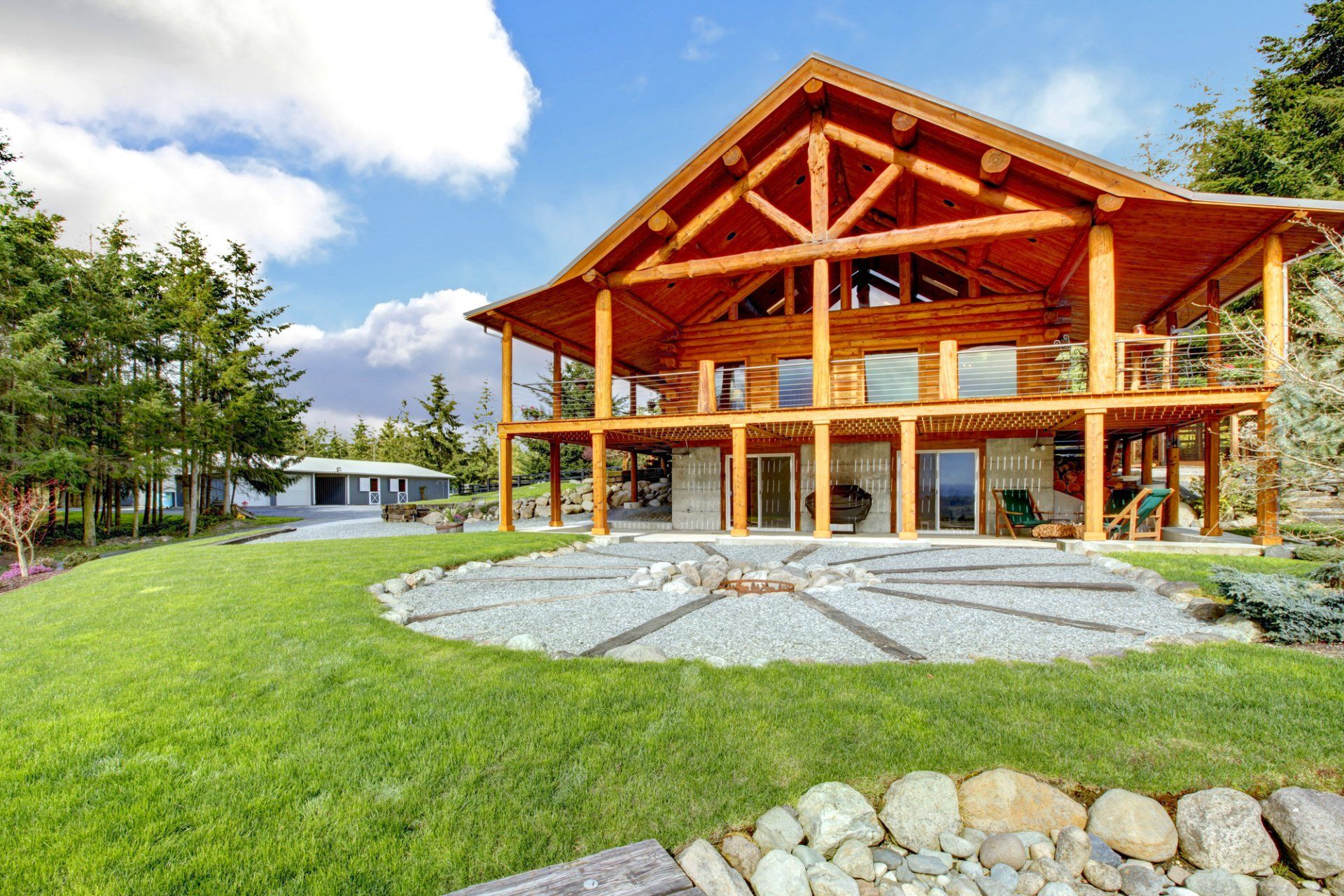
You are looking for a place to launch your memories. Raising a family or the summer by the lake. Fresh air and nature is what you want your family to encounter. Now let's make sure it is not a nightmare instead of a dream.
When you look over a log home, check it from top to bottom. Log homes are built to last generations if maintained. Having an experienced log home inspector pays off. While home inspectors may inspect log homes, they often lack the knowledge of what they do not know.
1. Roof Inspection
- Check the roof for loose or damaged tiles or shingles. Most modern built log homes no longer have a shake roof. Check for discoloration or missing roofing.
- Check for raised or missing flashing around chimneys and dolmans. This is a prime area for wood rot.
- Check your gutters. Make sure they are clean and that they drain properly. You may have to adjust the angle to make sure they do not allow any pooling. Pooling can lead to wood rot in the rafters of the roof.
2. Check the Exterior Logs
- Look for black surface fungus. This often appears as black streaks running down from rooftops that have asphalt shingles. This is dangerous since it shows a failure of the protective stain. We must eradicate the mold before you restrain the home. Do not use bleach; it damages the logs.
- Look for green surface mold. This is a sign of rot. So again you need to have it eradicated before staining the logs. There may also be some wood rot that needs repaired.
- Tap the logs with a rubber mallet to listen for a hollow sound. If you hear it, there is dry rot in the log. Do not assume that rot is confined to one log. You should bring in a qualified log home repair company.
- Look for discolored or flaking stains. Because of environmental issues, most log home stains only last 2 to 3 years. Wet or prolonged heat and light exposure can cause the stain to fail early.
- Check for new cracks and failed chinking. Since log homes suffer from a problem of settling, which is as logs dry out, they shrink and cause cracks and crevases in the logs. It also causes the chinking to pull away from a log. This allows water to seep into and damage the logs. The cracks need to have caulking filling them and you may need to have the chinking replaced and putting in backer bars and new chinking.
- Make sure the roof is level, and the home meets the foundation. Check all around. With the settling it can cause stress on windows and doors, making them leak, bow or even break if it takes improper care.
- Check for wood rot around all the doors and windows. These can be moisture traps.
- While you are at it check for bore holes from carpenter ants and bees. if you spot small piles of sawdust at the base of the wall.
3. Check the Foundation
- Check around the foundation to make sure there are no mud tunnels which show termites. If the foundation is less than 12-18”, you have a good chance of having termites.
4. Check the Drainage
- You need to make sure the rain spout has good drainage. This keeps water from pooling and soaking the logs.
- Clear all vegetation next to the wall. Do not stack firewood next to the walls. This can trap water next to the logs.
5. Check the porch and patios
- Check the flooring for loose boards.
- Check the hand rails for safety.
- Check the patio ceiling for discolored or water damaged wood.
6. Check the windows and doors
- Check the seals of the doors and windows.
- Look for them being level.
- Make sure they are now bowing.
- Improper installation with log home settling can cause many problems.
7. Check the Interior walls
- Non load-bearing wall can become load bearing if the shrinkage of the logs is too great. So check for bulging.
8. Check the level of the floor
- Shrinkage can cause the floors to be unlevel.
9. Check that all plumbing and electrical systems
- Since the log home usually has a septic system special care must be paid to prevent septic problems.
- Older log homes may have aluminum wiring. This wiring is extremely dangerous since the wire in time will compress and all connections will be loose. This makes a serious fire problem.
10. Check interior ceilings for watermarks
- If you find water staining on the ceiling, this indicates a roofing problem that needs taken care of.
Find an experienced log home contractor to fix your problems. instances of wood rot. This is not something you can take care of.
Log Home Restoration of California
Log Home Restoration of California has decades of experience inspecting repairing and building log homes. In everything from building new log homes to repairing the old log cabin, LHRCA has the skills you need.
Our experts guarantee that you will be happy with our work.
